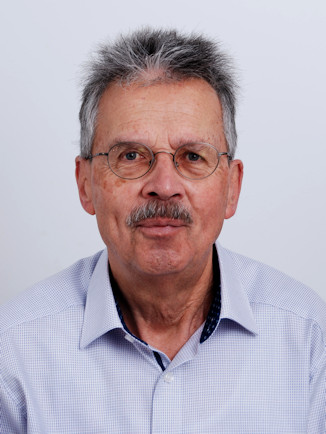Preservation for future generations
The original idea of the project was the sound documentation of all audible facets of systematically selected historic monuments using the best technical methods.
These sound documents give the opportunity to restore or reconstruct instruments to a former state of their sound, for example after severe or irreparable damages caused by fire, vandalism, etc. Therefore, today many church communities with important instruments as well as renowned organ restorers support Prof. Maier’s project. A part of the revenue is always dedicated to the preservation of the organs.
Significant organ culture – playable for every organist
In the past, usually only a few travelling concert organists had the chance to play European organ literature on the type of instrument it was composed for.
The OrganArt Library now enables both organists and organ enthusiasts to experience the sounds of unique instruments built by Schnitger, Silbermann, Walcker, Cavaillé-Coll and numerous others while staying at home and using only a PC system and a MIDI organ console (e. g. existing digital organ). Many musicians will receive a new awareness and understanding of each organ music period while enriching their own interpretation and registration practice.
State-of-the-art recording technology
Each pipe is recorded separately with all audible details, including the original room acoustics, by using a complex multi-channel technology. Multiple pipe release sounds, dependent on the tone length, are also recorded (Multi Release Technique). The specially developed OSM method (Original Sound Mapping), using professional state-of-the-art technology and careful editing, lead to an extraordinary realism.
Thus, in conjunction with Hauptwerk™ software (available separately), an easy to use sound image of the organ is provided, including even the noise of the mechanics and characteristic wind pressure properties.
Usage
The sample sets, produced with a considerable amount of work, will awaken the interest for the organ heritage, but will not compete with traditional pipe organs nor replace them. Therefore, based on a special user license agreement, Prof. Maier does not allow the use of the sample sets in public venues such as churches.
Experiencing the original organ with all our human senses can, of course, never be replaced by virtual instruments – but the enthusiasm for these unique European instruments can be awakened.
The Author

Prof. em. Helmut Maier
Has taught Information Technology and Multimedia at the Reutlingen University (Germany) for more than 20 years.
Long years of experience in organ and musical acoustics.
Organ studies with Hermann Unger/Darmstadt, Hermann Harrassowitz/Nürnberg, Eva Hölderlin-Liedecke/Stuttgart.
Established Organ Art Media in 2002.
